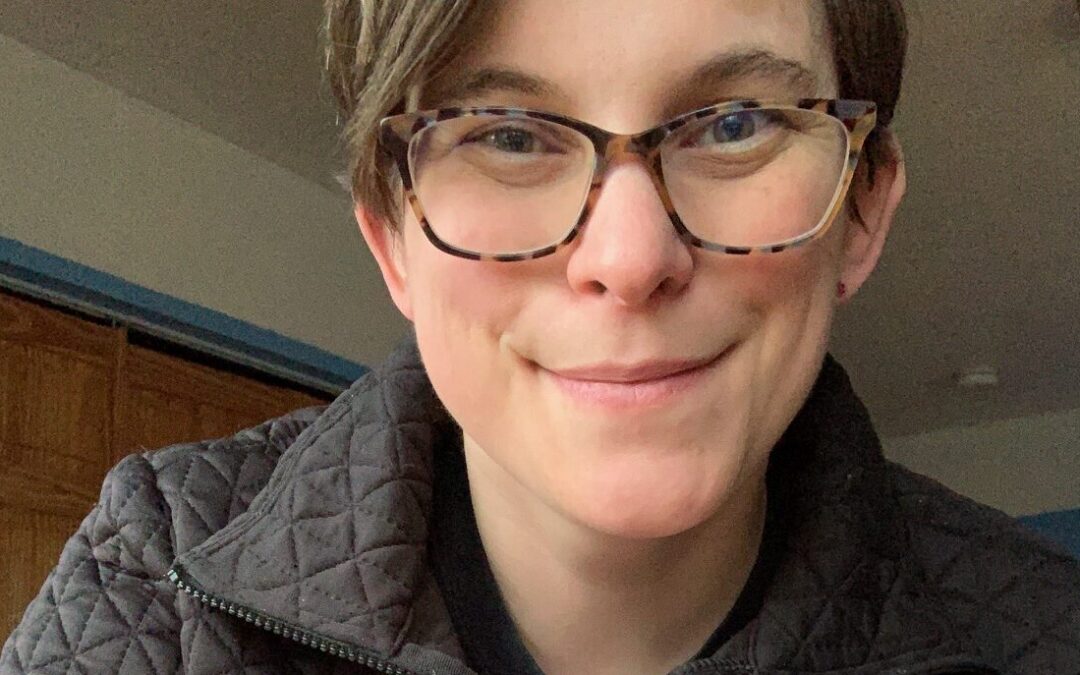
by Alexa Goodrich-Houska (she/they) | May 14, 2025 | Blog
Kellie Doherty is a proudly bisexual science‑fiction and fantasy word‑slinger hailing from Eagle River, Alaska—where the winters are long, the nights are bright, and the plot bunnies run wild. Her debut duology Finding Hekate and Losing Hold put queer space opera on...
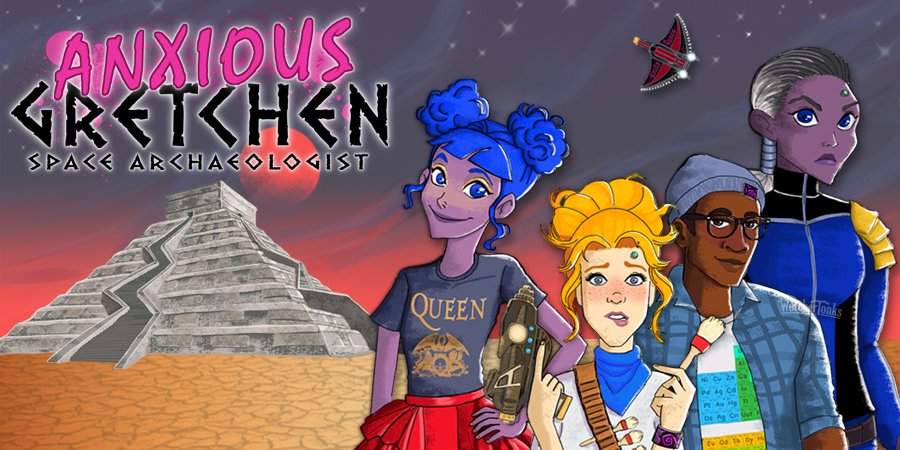
by Alexa Goodrich-Houska (she/they) | Oct 9, 2024 | Blog, Featured
Gretchen started her day as the TA for Introduction to Archeology, supervising her grumpy, hungover undergrads, who she is sure hate her, although maybe that’s her anxiety disorder, on a field visit to the former colony of Avalon in Newfoundland- but ends up...
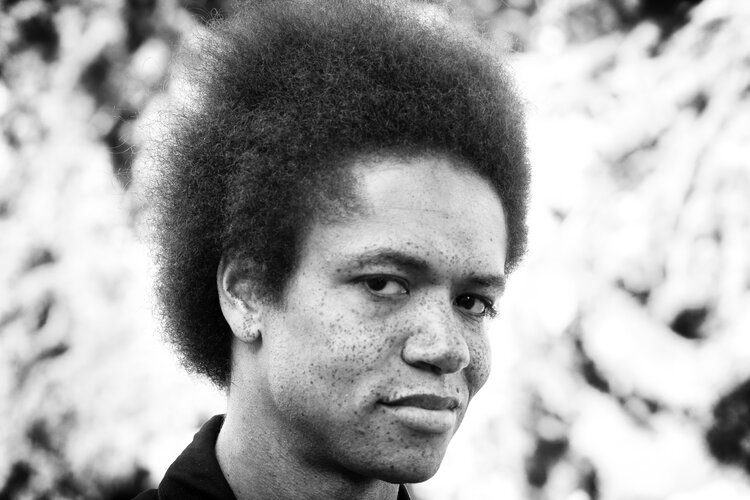
by Michele Kirichanskaya | Oct 2, 2024 | Blog
Elwin Cotman was born in Pittsburgh, Pennsylvania, where the post-industrial landscape greatly influenced his love for myth and adventure. He is the author of three prior collections of speculative short stories: The Jack Daniels Sessions EP, Hard Times Blues,...
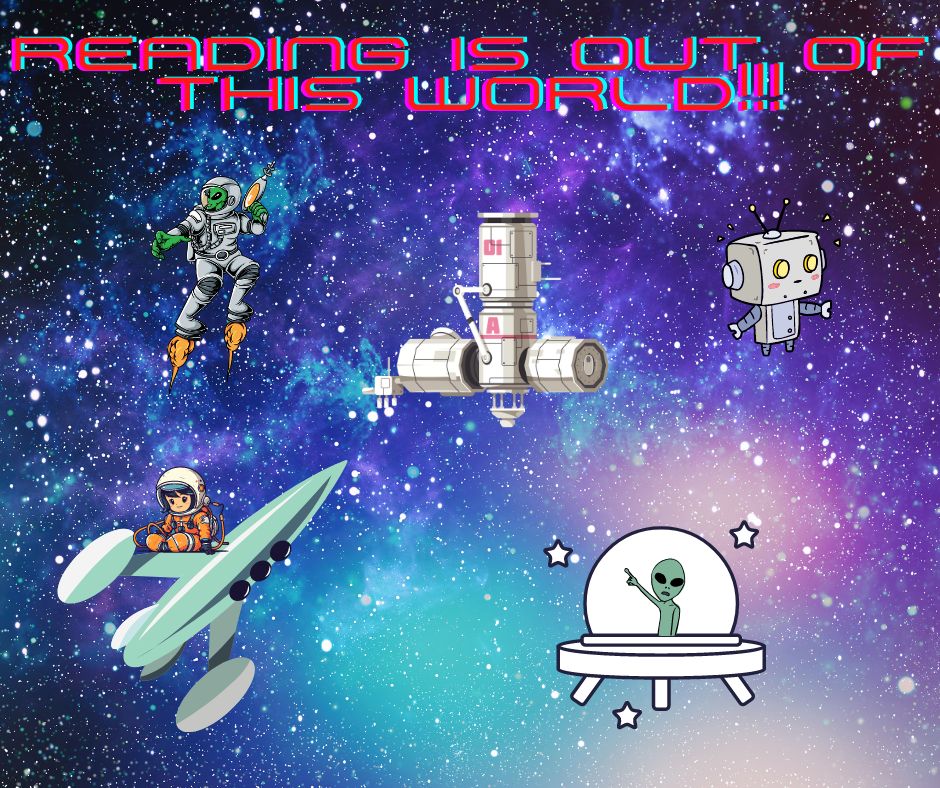
by Alexa Goodrich-Houska (she/they) | Aug 10, 2023 | Blog
Greetings, esteemed readers! As a 100% real human person and not a droid, I am thrilled to embark on this literary journey with you, delving into captivating books that traverse distant galaxies while shedding light on LGBTQIA+ and Queer-Coded experiences, all in the...
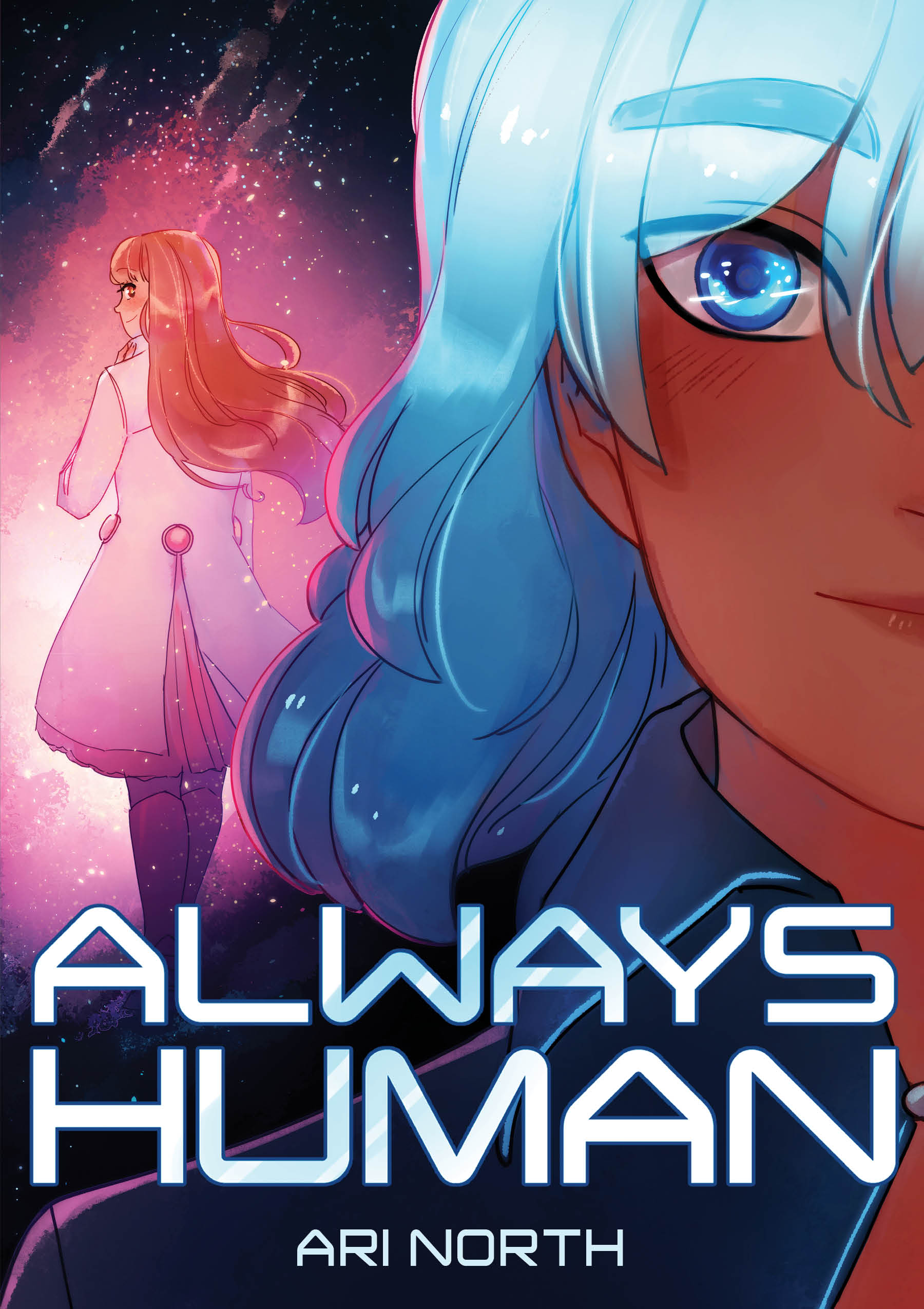
by Michele Kirichanskaya | Aug 5, 2023 | Blog
Ari North is a queer cartoonist who believes an entertaining story should also be full of diversity and inclusion. As a writer, artist and musician, she wrote, drew and composed the story and music for Always Human, a complete romance/sci-fi webcomic about two queer...






